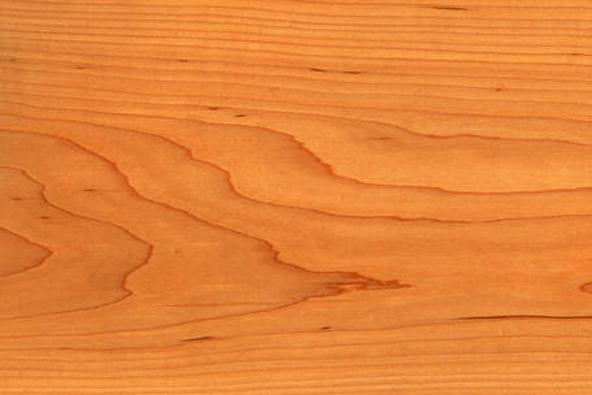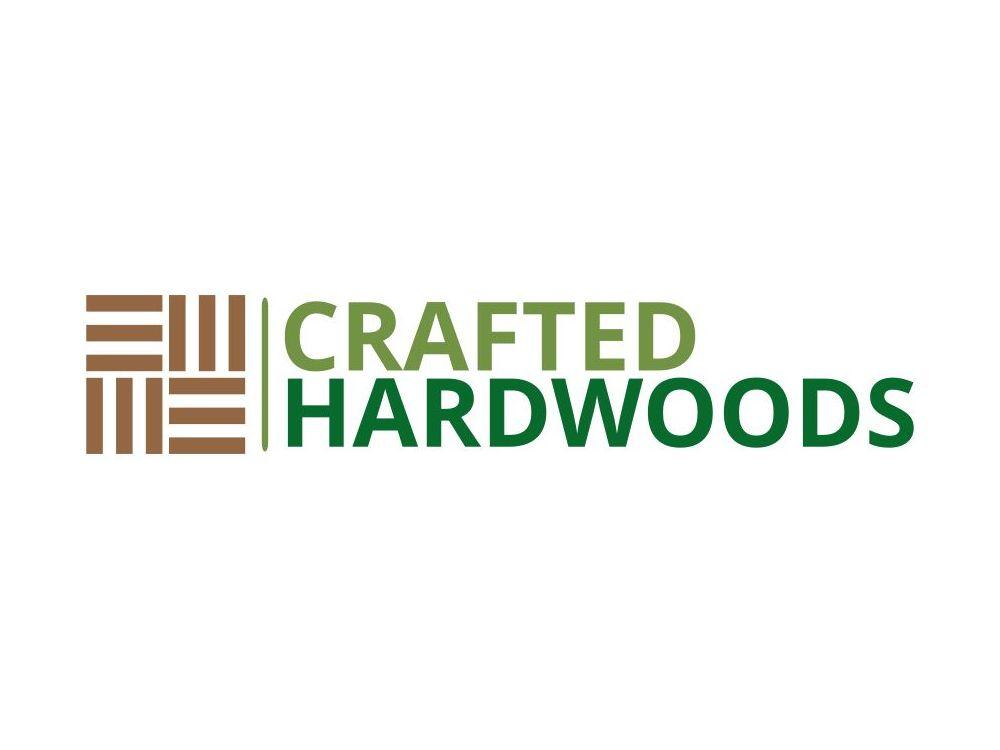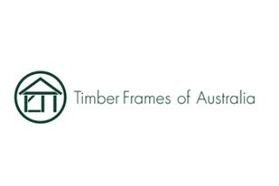American red alder grows on the west coast of the USA and is the most common commercial hardwood in that region. This attractive timber is used for furniture, interior mouldings, doors and turning and carving.
Red Alder, Western Red Alder, Western Alder, Oregon Alder, Pacific Coast Alder
Alnus rubra
American red alder is the most common hardwood in the Pacific Northwest of the USA, and it the largest of the American alders. It is a fast-growing species and has nitrogen-fixing nodules on its roots that are formed as a result of a beneficial relationship with a species of bacteria. The distribution of red alder extends from southeast Alaska to central coastal California. While the species predominantly grows within 200 km of the Pacific coast, there is a small inland extension of red alder across northern Washington into northernmost Idaho.
American red alder timber is almost white when freshly cut but rapidly changes to a light brown colour with a red or yellow tinge when it is exposed to air. Heartwood is formed only in very old trees and there is no visible boundary between heartwood and sapwood. The timber is of medium density and low bending strength, making it unsuitable for structural applications. However, it machines, polishes and turns well, making it an ideal timber for furniture, cabinetry and other interior applications.
American red alder is available as both rough and dimension stock; veneer production is limited. While American red alder is readily available in the regions where it grows in the USA, its international availability is mixed. The American Hardwood Export Council (AHEC) is working to increase the export of the timber into markets such as Australia.
Shrinkage
| Very Low | Low | Medium | High | Very High | |
|---|---|---|---|---|---|
|
|
|
|
|||
|
Tangential :
|
4.20% | ||||
|
Radial :
|
2.40% | ||||
|
Unit Movement Tangential:
|
0.26% | ||||
|
Unit Movement Radial:
|
0.15% |
Strength Group
| Very High | High | Reasonably High | Medium High | Medium | Reasonably Low | Low | Very Low | |
|---|---|---|---|---|---|---|---|---|
| Unseasoned: | S1 | S2 | S3 | S4 | S5 | S6 | S7 | S8 |
| Seasoned: | SD1 | SD2 | SD3 | SD4 | SD5 | SD6 | SD7 | SD8 |
Stress Grade
|
Structural No. 1 |
Structural No. 2 |
Structural No. 3 |
Structural No. 4 |
Structural No. 5 |
|
|---|---|---|---|---|---|
| Unseasoned: | |||||
| Seasoned: |
Density per Standard
| Seasoned: | 460kg/m3 |
|---|---|
| Unseasoned: | 730kg/m3 |
Joint Group
| Very High | High | Reasonably High | Medium | Low | Very Low | |
|---|---|---|---|---|---|---|
| Unseasoned: | J1 | J2 | J3 | J4 | J5 | J6 |
| Seasoned: | JD1 | JD2 | JD3 | JD4 | JD5 | JD6 |
|
|
Colour
| White, yellow, pale straw to light brown | Pink to pink brown | Light to dark red | Brown, chocolate, mottled or streaky | |
|---|---|---|---|---|
|
|
|
|||
Mechanical Properties
|
Modulus of Rupture - Unseasoned:
|
45 |
|---|---|
|
Modulus of Rupture - Seasoned:
|
68 |
|
Modulus of Elasticity - Unseasoned:
|
8.1 |
|
Modulus of Elasticity - Seasoned:
|
9.5 |
|
Maximum Crushing Strength - Unseasoned:
|
20.4 |
|
Maximum Crushing Strength - Seasoned:
|
40.1 |
|
Impact - Unseasoned:
|
|
|
Impact - Seasoned:
|
|
|
Toughness - Unseasoned:
|
|
|
Toughness - Seasoned:
|
Low - up to 15 Nm |
|
Hardness - Unseasoned:
|
2 |
|
Hardness - Seasoned:
|
2.6 |
Durability
| Low | Moderate | Reasonably High | High | |
|---|---|---|---|---|
| (0 - 5 yrs) | (5 - 15 yrs) | (15 - 25 yrs) | (more than 25 yrs) | |
|
In-Ground:
|
||||
| (0 - 7 yrs) | (7 - 15 yrs) | (15 - 40 yrs) | (More than 40 yrs) | |
|
Above ground:
|
||||
| (0 - 20 yrs, usually < 5) | (21 - 40 yrs) | (41 - 64 yrs) | (More than 60 yrs) | |
|
Marine Borer Resistance:
|
|
Lyctid Borer Susceptibility:
|
|
|---|---|
| Lyctid Borer Susceptibility - Other: | |
|
Termite Resistance:
|
Fire Properties
|
Bushfire Resistance:
|
Not tested |
|---|
American red alder timber is a moderately dense, reasonably straight grained and uniformly textured timber. When cut it is almost white in colour but changes rapidly to a light brown with a reddish or yellow tinge when exposed to air. Red alder can be sanded, painted or stained to produce a highly attractive finish.
American red alder is most commonly used for furniture, cabinets, interior mouldings, doors and joinery. Due to its excellent turning and carving properties, Red alder is used for novelties and kitchen utensils. It is also used in plywood and fibre-based products, such as tissues and writing paper.
NSW



